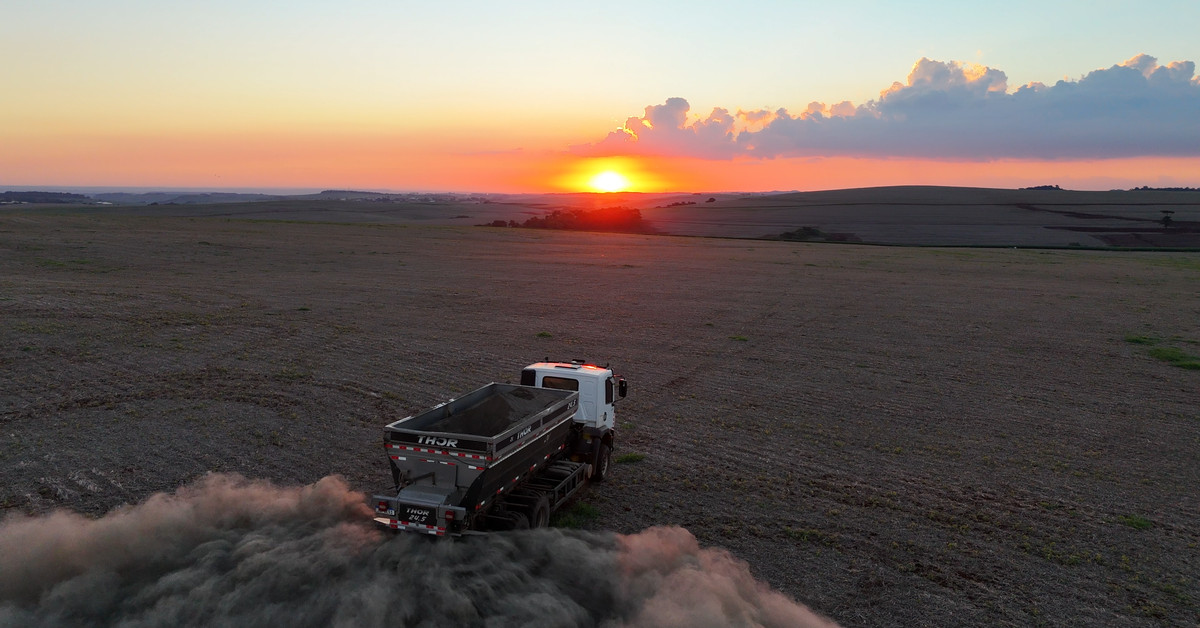Here is a rewritten version of the provided article in Markdown format:
# The Race to Combat Climate Change: Google and Tech Giants Leap into Carbon Removal
Climate change remains one of the most pressing global challenges, pushing industries to seek sustainable solutions. Among these efforts, tech giants like Google are at the forefront, investing heavily in carbon removal technologies to mitigate their environmental footprint.
## Introduction to Carbon Removal
Carbon dioxide emissions from fossil fuels have led to devastating climate impacts such as heatwaves, droughts, and wildfires. Recognizing this urgency, companies like Google are transitioning to cleaner energy sources, including renewable electricity for data centers.
## Key Players in Carbon Removal
### Major Partnerships
Google has inked significant deals with startups and research initiatives to combat carbon emissions. Notable among these is Terradot, a company focused on enhanced rock weathering (ERW). Through collaborations with Frontier, a climate tech startup, Google aims to scale ERW efforts globally.
### Strategic Collaborations
The agreement with Frontier highlights the industry's commitment to integrating carbon removal into their broader strategy. Google's investments indicate a shift from passive emission reduction to active mitigation through innovative technologies.
## Advanced Technologies in Carbon Removal
### Enhanced Rock Weathering (ERW)
ERW, also known as chemical weathering, involves treating soil to extract CO₂, storing it underground for long-term sequestration. Google plans to deploy this method widely, though challenges remain in precise measurement and implementation.
### Bioremediation
This technique uses organisms like bacteria to consume CO₂ from the atmosphere. While effective, its scalability and cost-effectiveness need further exploration to become a widespread solution.
## Scaling Up Carbon Removal
### The Deal with Terradot
Google's largest ERW deal involves 200,000 tons of CO₂ annually over the next decade. This investment underscores the company's ambition to reduce its carbon footprint significantly through community-based projects.
### Frontier's Role
Frontier, a venture focused on innovative climate tech, will contribute advanced tools for monitoring and optimizing carbon removal efforts. Their expertise is crucial in enhancing the effectiveness and sustainability of these initiatives.
## Challenges and Considerations
### Measurement and Scalability
Accurately measuring CO₂ sequestration remains complex. Google's approach involves real-world deployment to develop robust measurement tools, highlighting a commitment to rigorous evaluation.
### Soil Analysis and Future Impacts
Terradot plans soil sampling to track CO₂ capture over time. However, understanding the long-term environmental impact requires comprehensive analysis of factors like fertilizer use and soil composition.
## The Broader Impact
Google's strategy isn't just about reducing current emissions but also accelerating the transition to renewable energy. By integrating carbon removal with green infrastructure, the company aims to create a sustainable future.
## Conclusion
As tech giants like Google lead the charge in combating climate change, their investments in cutting-edge solutions offer hope for a greener world. By combining ERW and other technologies with ambitious partnerships, these companies are taking meaningful steps toward environmental sustainability.



